Description
Les admirables secrets d’Albert le Grand: Contenant plusieurs traitez sur la conception des femmes, des vertus des herbes, des pierres précieuses & des animaux: Published A Lion, Ches Les Héritiers de Beringos Fratres a la Enseigne d’Agrippa, M DCC XLV (1745)
This was the earliest grimoire in the Bibliothèque bleue genre and listed to be condemned and confiscated. It contains the false Beringos Fratres imprint to avoid prosecution. It was printed in a small format to easily hide and reference in ritual settings. One of the rare original copies to survive.
5″ x 3″: French text
Condition: Original full leather binding with tooled and gilded spine, missing a piece of the label, leather missing at top of spine with some rubbing and pealing to the leather covers common in these editions. Solid binding. Beautiful color title page with various in page woodcuts. See Photos. TEXT IS COMPLETE
Contents: The Grand Albert as it was called concerns the extraordinary properties (magical, astrological, medicinal, etc.) of 16 plants, 45 minerals or gems and 18 animals (including many birds), and concerning the “wonders of the world”. The first includes means to become invisible, feel no pain, arouse love, interpret dreams and make prophesies. The second includes mental manipulation of matter, cures for diseases, destroying an enemy, magic made with fire or light, means of breaking charms, and seeing the future in dreams.
The text was originally published in Latin under the name, De secretis mulierum, later translated into French, as Les admirables secrets d’Albert le Grand, or the Grand Albert as it was popularly known as at the time. This was the earliest grimoire in the Bibliothèque bleue genre and listed to be condemned and confiscated in 1702. Many rumors circulated concerning the book such as its magic making it impossible to destroy or discard. This 1745 edition is one of the rare original copies that survived.
Although just tales, many stories of incredible magic are attributed to Albertus Magnus, Dominican scholar, theologian, and scientist. He supposedly had a philosopher’s stone, though there is no such record in his own writings. According to Michael Maier, the disciples of St. Dominic gave him the secret of the stone, and Albertus Magnus in turn gave it to Aquinas. Albertus Magnus also reportedly had a magical stone marked with a serpent, which had the ability to force other serpents out of their hiding places.
According to one tale, he once invited some guests, including William II, the count of Holland, for dinner at his home on New Year’s Day, 1249. The count owned a piece of land which Albertus Magnus wanted to purchase for a monastery; the count did not want to sell. When the guests arrived, they were astonished to see that Albertus Magnus had set up a meal in the garden outdoors. Everything was covered with snow and the temperature was freezing. He assured them that everything would be all right. Despite their misgivings, the guests sat down to eat. As soon as they had done so, the snow melted, the sun came out, flowers burst into bloom and birds fl ew about and sang. When the meal was over, the summery scene vanished, and the shivering guests had to go inside to warm by the fire. The impressed count agreed to sell Albertus Magnus the land he wanted.
In another legend, Albertus Magnus, using natural magic and astrology, created a homunculus which could talk and function as his servant. But its jabbering so disturbed Thomas Aquinas in his studies that Aquinas smashed it to pieces.





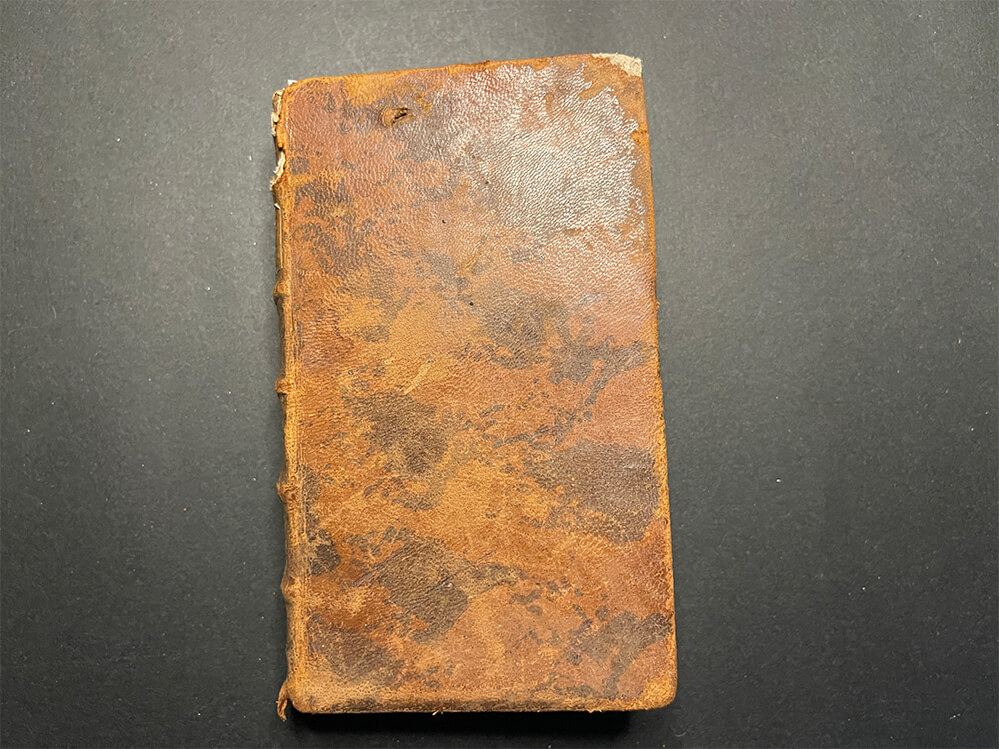
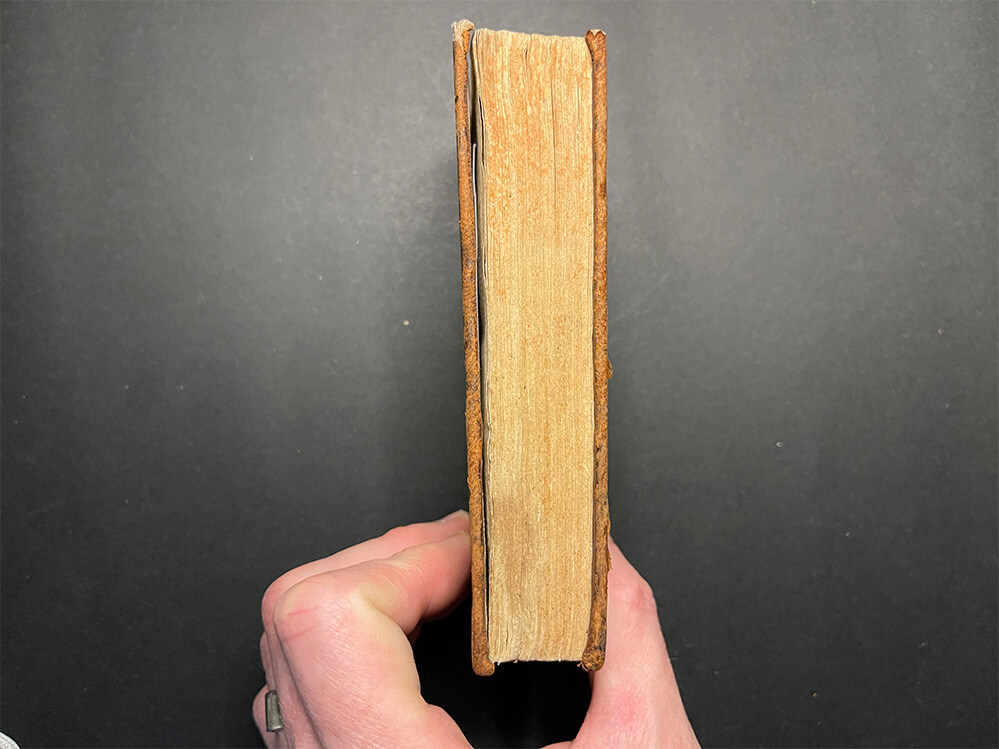
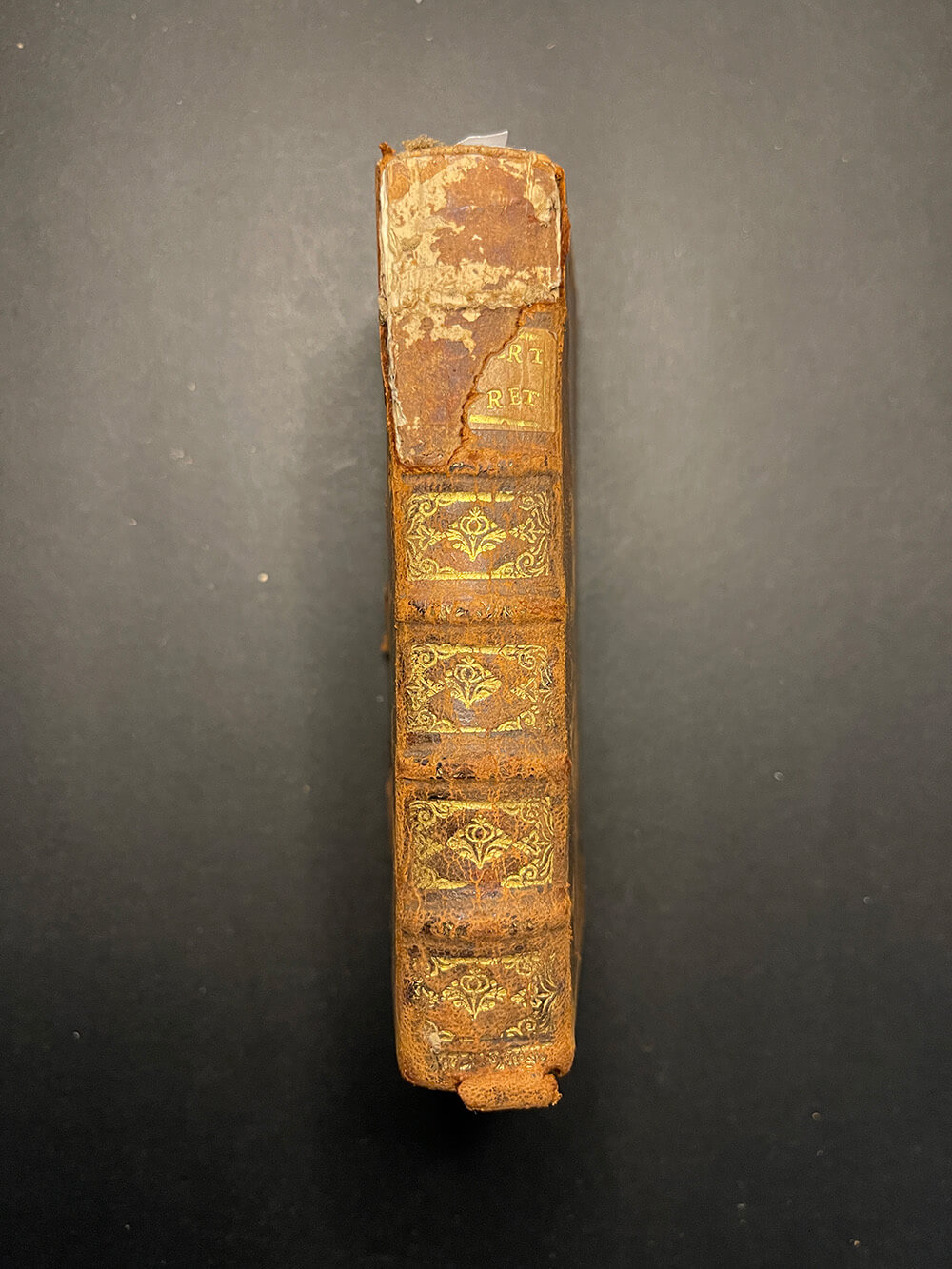
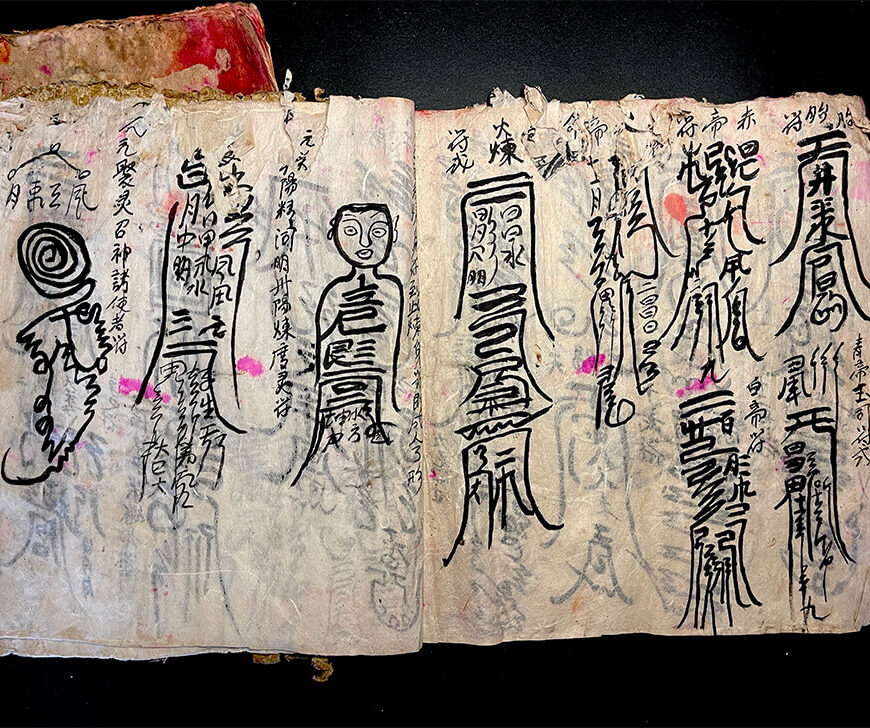
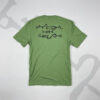
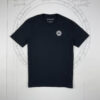
Reviews
There are no reviews yet.